Figures & data
Figure 1. Schematic representation of the instruments and the corresponding measured values – mobility diameter (Dm), aerodynamic diameter (Dae) and particle mass (m) – the tandem measurement pairs (connected by lines) and the corresponding derived values. Pairwise combination allows for determination of effective density (ρeff) and effective dynamic shape factor (χeff). The combination of all three measurements allows for the quantitative determination of the dynamic shape factor (χ) and particle density (ρp). The circle (black), square (red) and triangle (green) are used throughout the manuscript to denote the corresponding measurement results.
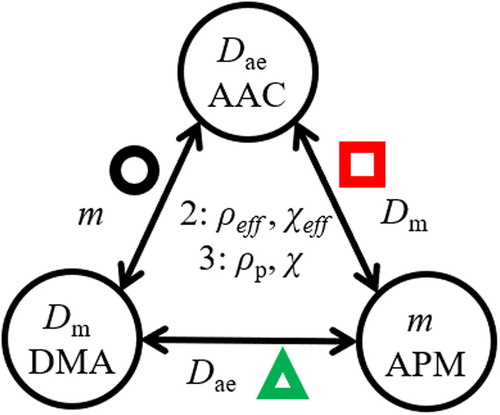
Figure 2. Block diagram of the two experimental setups (a and b) used in this study to achieve three configurations (AAC-DMA, AAC-APM, DMA-APM). *N corresponds to soft X-ray charge neutralizer.
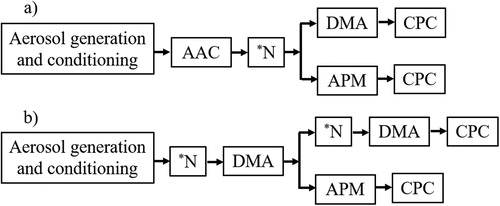
Figure 3. Forces (F), flows (Q), axes of rotation (ω) and particle trajectories (dotted gray lines) in the (a) aerodynamic aerosol classifier (AAC), (b) differential mobility analyzer (DMA), (c) the aerosol particle mass analyzer (APM) and (d) the centrifugal particle mass analyzer (CPMA). All figures are oriented with the radial (r) and transversal (z) axes shown in the center of the figure. Subscripts: aerosol (a), sheath (sh), exhaust (exh), sample (sa), electrical (elec), centrifugal (cen).
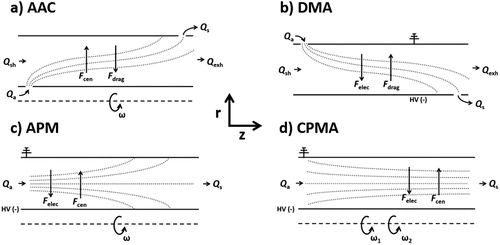
Figure 4. Calculated transfer functions for the (a) DMA (solid), (b) AAC (dashed) and (c) APM (dotted) in their native units of electrical mobility (Zp), aerodynamic diameter (Dae), and mass (m). (d) All transfer functions converted to volume equivalent diameter (Dve) for a spherical AS assuming a physical diameter of 250 nm and bulk density; see discussion in text.

Figure 5. (a) Tandem DMA number density (NTDMA) as a function of mobility diameter for AS particles with an aerodynamic diameter (Dae) ≈ 250 nm. Particle net charge (q) is denoted as q → q′ where q and q′ correspond to the q in the first and second DMA, respectively. (b) DMA-APM number density (NAPM) as a function of mass (m). The net charge +1 (green), +2 (cyan) and +3 (blue) on the particles is shown.
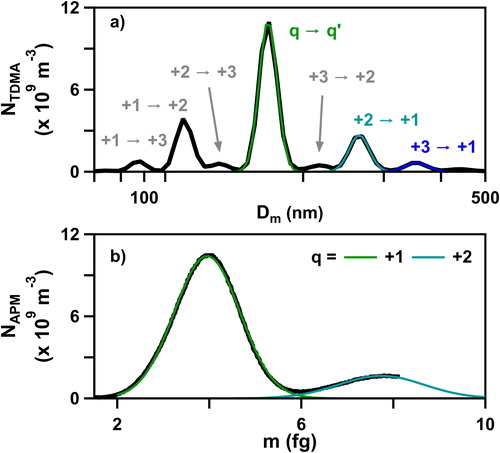
Figure 6. (a) AAC-DMA number density (NSMPS) as a function of mobility diameter for AS particles with aerodynamic diameter (Dae) = 350 nm. (b) AAC-APM number density (NAPM). The net charge +1 (green), +2 (cyan) and +3 (blue) on the particles is shown.
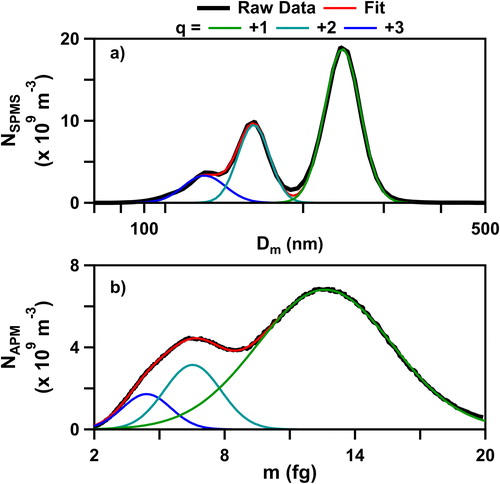
Figure 7. Comparison of three different measurements – AAC-DMA (circles, black), AAC-APM (squares, red), and DMA-APM (triangles, green) – of ammonium sulfate (AS) aerosol spanning Dae from 150 nm to 550 nm. (a) Mobility diameter (Dm) determined from AAC-DMA measurement and AAC-APM calculation; (b) Dm % deviation; (c) particle mass (m); (d) m % deviation; (e) effective density (ρeff); (f) ρeff % deviation; (g) effective shape factor (χeff); (h) χeff % deviation.
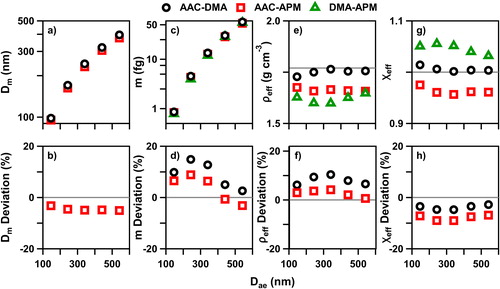
Table 1. Measured and calculated parameters for CB.
